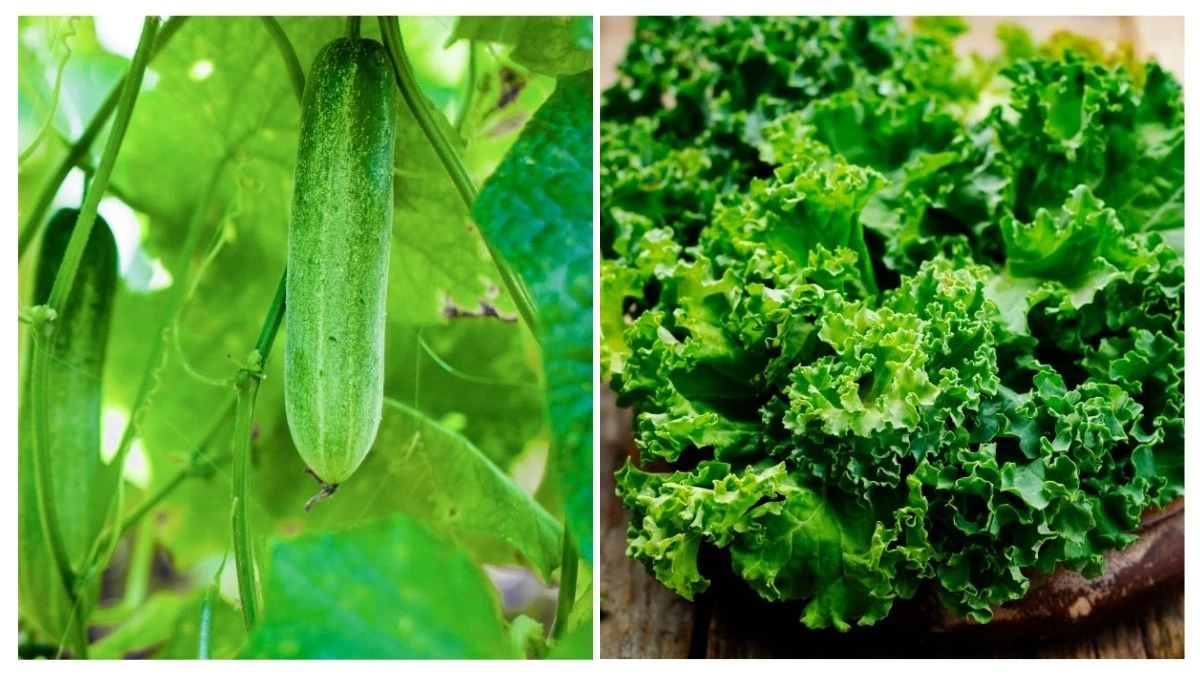Have you ever planted hopeful seeds, only to watch them wilt away? You’re not alone. Gardening can feel overwhelming, especially if you’re new. But what if you could grow fresh, tasty veggies without the stress?
The good news is that there are some easy vegetables to grow yourself. No fancy tools or a green thumb are needed. Just simple care, sunlight, and a little patience. Imagine stepping into your garden to pick crisp lettuce, juicy tomatoes, or crunchy carrots that you have grown.
These 15 effortlessly easy vegetables flourish with minimal effort. From fast-growing radishes to zucchini, you’ll enjoy quick wins and tasty harvests. No failures, just fresh food.
15 Effortlessly Easy Vegetables To Grow In Your Garden

1. Radishes
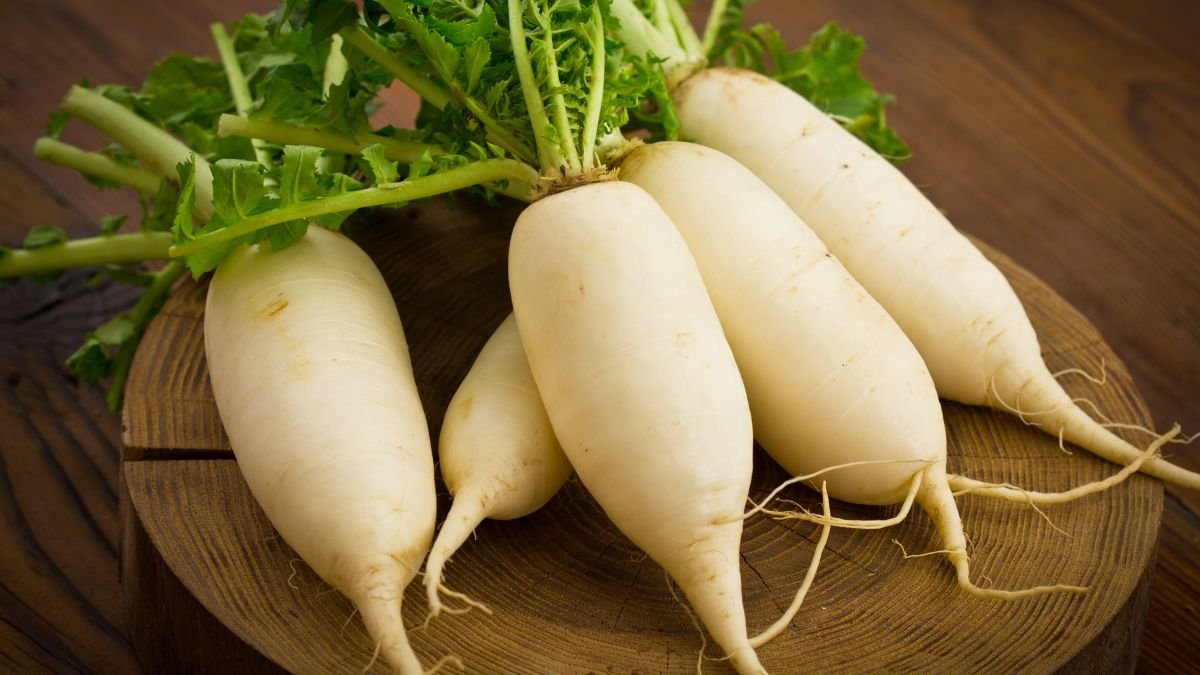
Radishes are the ultimate quick-win crop for beginners. They sprout fast, need little attention, and can go from seed to harvest in as little as three weeks. Loose, well-drained soil and regular watering are all they ask for. Forget complicated care; just scatter seeds, keep them moist, and watch them grow.
These crunchy root veggies thrive in cool weather, making them great for spring or fall planting. If summers get too hot, they might bolt, but a little shade helps. Types like ‘Cherry Belle’ or ‘French Breakfast’ deliver crisp, peppery flavor with minimal effort.
One of the best things about radishes is that they help break up compacted soil, improving conditions for other plants. Plus, their rapid growth makes them a fun way to introduce kids to gardening. Even crowded radishes usually pull through.
If pests like flea beetles show up, a lightweight row cover keeps them away. Otherwise, just wait a few weeks, pluck them fresh, and enjoy. Few crops give such fast, reliable results.
2. Cherry Tomatoes
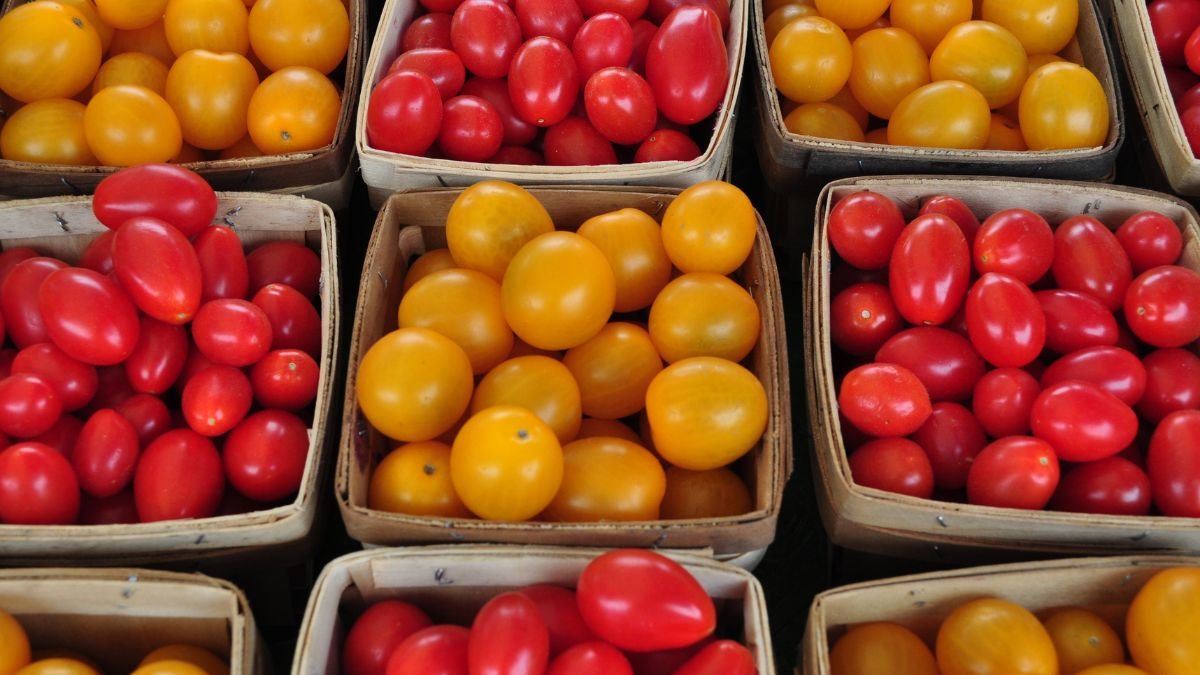
Cherry tomatoes almost grow themselves. Once set, these vibrant plants produce endless sweet bites with little intervention. Choose a sunny spot, give them support, and let them do their thing. They’re so low-maintenance that even forgetful gardeners get rewarded.
Unlike larger tomatoes, cherry varieties resist splitting and disease better. ‘Sun Gold’ and ‘Sweet 100’ are especially hardy, pumping out fruit until frost. Self-seeding happens often, volunteer plants might pop up next year without any effort.
Water deeply but rarely to encourage strong roots. A layer of mulch keeps soil moisture steady and weeds down. No need for fancy fertilizers, compost, or a balanced feed every few weeks is plenty.
Pests like hornworms may appear, but they’re easy to spot and remove. For container growers, bush types like ‘Tiny Tim’ work well. Whether in pots or soil, these tomatoes deliver with almost no fuss.
3. Zucchini

Zucchini plants are famously fruitful. A single plant can flood your kitchen with tender squash all summer. They grow fast, love heat, and ask for little beyond sunlight and water.
Direct sowing after the last frost works best. Hills or mounds improve drainage, and spacing plants about three feet apart prevents overcrowding. Bees handle pollination, but if fruits shrivel, hand-pollinating with a brush helps.
Varieties like ‘Black Beauty’ or ‘Patio Star’ (for containers) deliver reliably. Powdery mildew might show up in humid weather, but airflow and morning watering reduce the risk.
The only real challenge? Keeping up with the harvest. Pick small zucchinis (6-8 inches) for the best texture. Miss a few days, and you’ll end up with baseball bats, great for bread, less so for stir-fries.
4. Lettuce
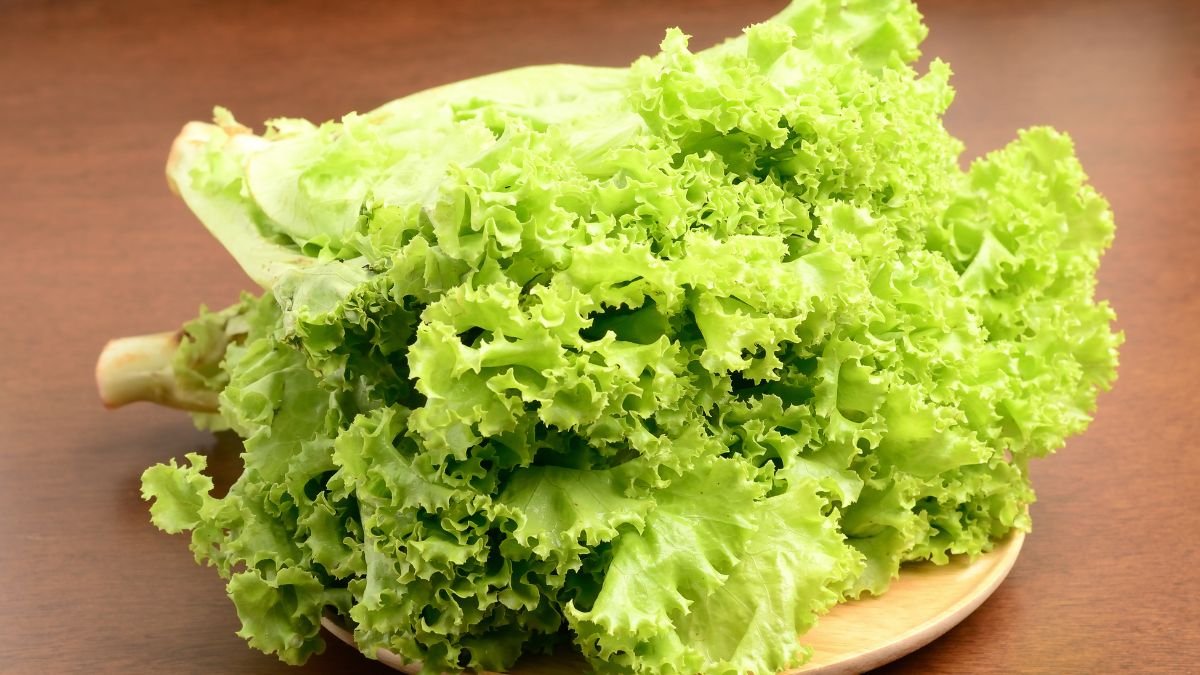
Lettuce doesn’t have to be a one-and-done crop. Loose-leaf types like ‘Salad Bowl’ or ‘Oakleaf’ regrow after snipping, providing weeks of fresh greens. Sow seeds every two weeks for a steady supply.
Cool weather is best, but partial shade extends the season into summer. A light mulch keeps roots cool and moist. For containers, shallow pots work fine, just keep soil from drying out.
No need to wait for full heads. Snip the outer leaves when they’re a few inches tall, and the plant keeps producing. Slugs might nibble, but beer traps or copper tape deter them. Bolting happens in heat, but bitter leaves can still go into soups. For year-round harvests, try winter varieties like ‘Arctic King.’ Few crops are this generous with so little work.
5. Bush Beans
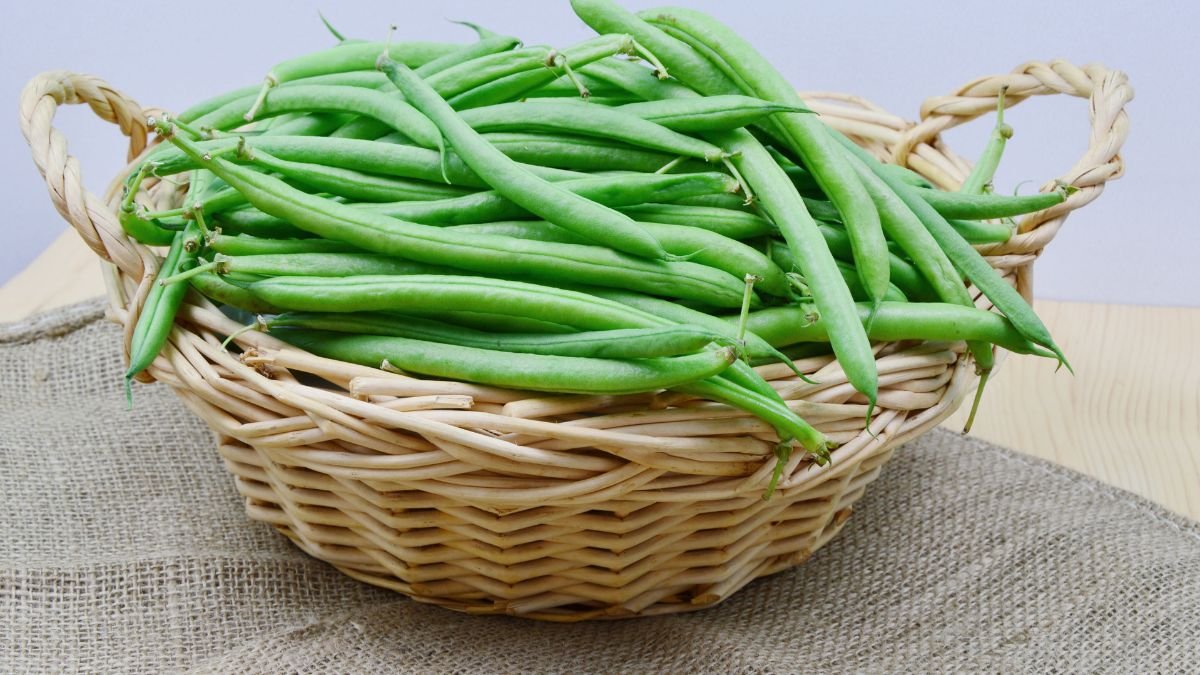
Bush beans are compact, productive, and hassle-free. Unlike pole beans, they don’t need support, making them great for small gardens or pots. Just plant, water, and wait for crisp, green pods.
Warm soil speeds germination, so wait until after the last frost. ‘Provider’ and ‘Contender’ resist disease and yield heavily. Thin seedlings to about 4 inches apart for airflow. Water at the base to avoid leaf diseases. Pests like bean beetles may visit, but handpicking controls them. For continuous harvests, sow new batches every three weeks.
Fresh beans taste best, but they also freeze well. With minimal effort, these plants keep giving all season. No staking, no drama, just simple, fast results.
6. Scallions

The white roots of store-bought scallion stubs can give you endless free green onions. Just place them in a glass with an inch of water, and fresh shoots will sprout in days. For a more permanent supply, plant them in soil. They will grow thicker and last longer.
These alliums don’t demand much. A sunny windowsill or a spot in the garden with decent drainage keeps them happy. Water the soil when it feels dry, but don’t drown them. Unlike most vegetables, scallions handle neglect well. Even if you forget about them for a while, they bounce back.
No need to wait for a full regrowth. Snip the green tops as needed, leaving the roots to produce again. Pests rarely bother them, making scallions one of the most foolproof crops. Whether in water or dirt, they’re a no-fail way to keep fresh flavors within arm’s reach.
7. Spinach

Not all gardens get full sun, but spinach doesn’t mind. This leafy green prefers cooler, shadier spots, especially in warmer climates. Plant it under taller crops or on a north-facing balcony, it will still blossom.
Sow seeds directly in loose soil, spacing them a few inches apart. Keep the ground moist, and thin seedlings if they get crowded. Varieties like ‘Bloomsdale’ or ‘Baby’s Leaf Hybrid’ resist bolting, giving you more time to harvest.
Unlike fussy greens, spinach grows fast and handles light frosts. Pick the outer leaves first, and the plant keeps producing. Slugs might munch, but a sprinkle of diatomaceous earth keeps them away. For a steady supply, plant new batches every couple of weeks.
8. Potatoes in a Bag
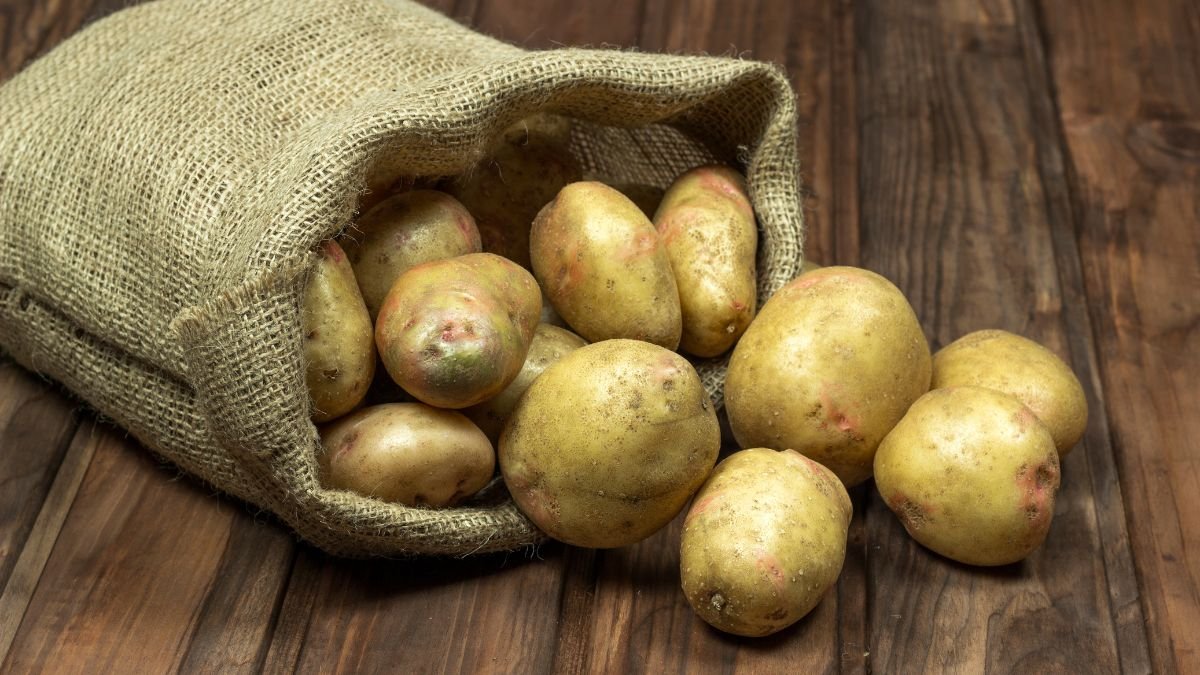
Digging for potatoes isn’t necessary when you grow them in bags. Old burlap sacks, grow bags, or even stacked tires work. Fill the bottom with soil, drop in a few seed potatoes, and cover lightly. As shoots grow, keep adding more soil until the bag is full.
This method saves space and avoids backaches. The plants get plenty of room to develop tubers without competing with weeds. Water the soil when it feels dry, but don’t overdo it, as soggy conditions can rot the spuds.
Harvesting is as easy as tipping the bag over. New potatoes can be snatched early, or wait until foliage yellows for full-sized ones. No digging, no heavy lifting, just a mess-free way to grow your carbs.
9. Peas

Peas are one of the first seeds to go in the ground, often before the last frost. Cool soil helps them germinate faster. Stick to bush types like ‘Little Marvel’ if you don’t want to bother with trellises.
Plant them an inch deep and a few inches apart. A sunny spot is best, but they tolerate partial shade. Once they sprout, they climb on anything nearby: fences, sticks, or even other plants.
Pods appear in about two months. Pick them young for the sweetest flavor. Unlike beans, peas don’t attract many pests. Just keep them watered, and they’ll keep producing until the summer heat shuts them down.
10. Swiss Chard
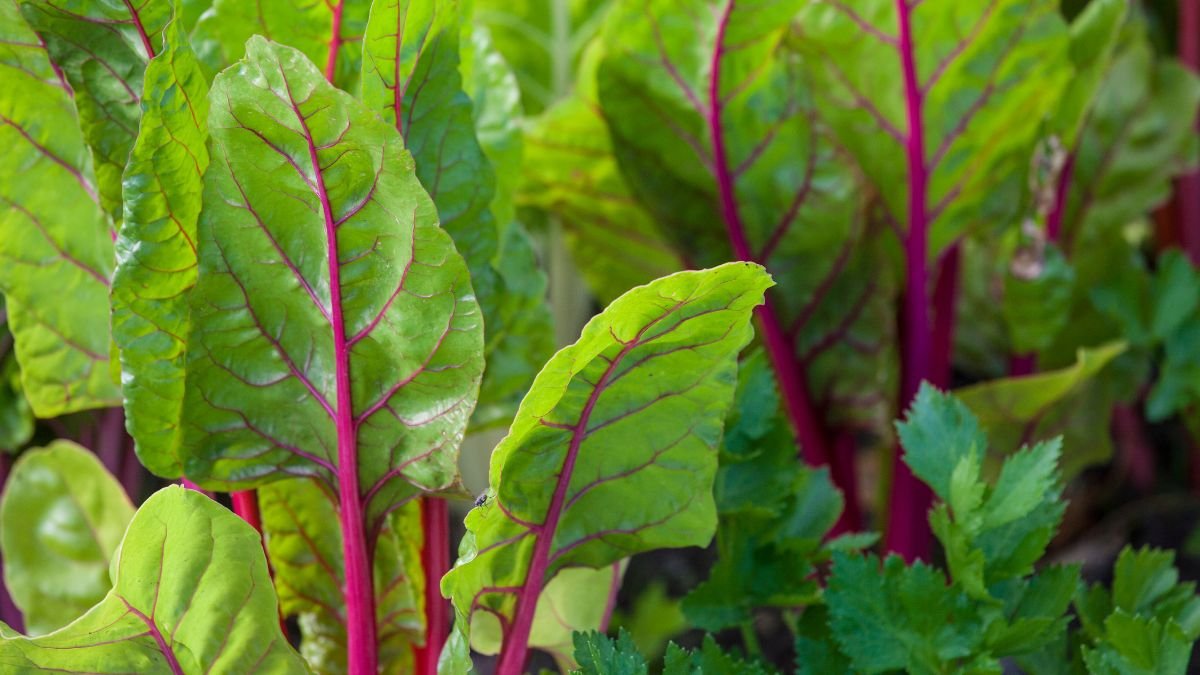
Swiss chard is as tough as it is colorful. Those vibrant stems of red, yellow, and even pink keep coming back after each harvest. Plant it once, and it feeds you for months with minimal care.
It flourishes in both heat and cooler weather, unlike spinach, which bolts quickly. Drought doesn’t disturb it much, though regular watering keeps leaves tender. ‘Bright Lights’ or ‘Fordhook Giant’ are reliable choices for steady yields.
Cut outer leaves first, leaving the center to grow more. Slugs might take a bite, but they usually prefer other greens. Even if you ignore it for weeks, chard keeps producing. Few vegetables are this resilient and productive at the same time.
Each of these points offers a unique angle, whether it’s speed, space-saving, regrowth ability, climate resilience, or dual-purpose harvesting.
11. Garlic
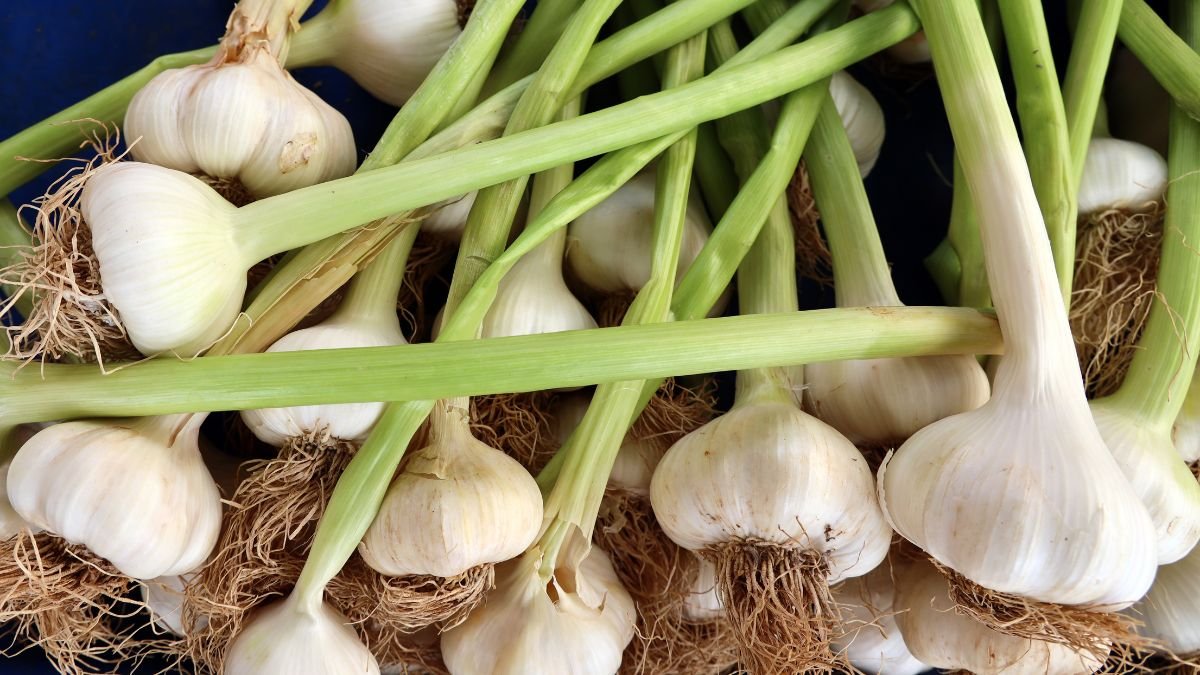
Hardneck garlic varieties like ‘Music’ or ‘German Red’ become permanent garden residents with almost no work. Plant individual cloves pointy-end up in the fall, and they’ll push through the soil come spring. Unlike most crops, garlic benefits from neglect; no need to pamper it with constant watering or fertilizing.
The magic happens underground while you wait. By midsummer, curly scapes (flower stalks) appear; trim them to boost bulb growth. When the lower leaves turn brown, dig up your haul. Save the biggest cloves to replant, and the cycle continues indefinitely.
Pests seldom upset garlic; its strong scent acts as a natural repellent. Rust fungus might show up in humid areas, but proper spacing prevents it. Whether you roast it whole or mince it fresh, homegrown garlic packs more punch than store-bought. Set it and forget it, and then reap the rewards year after year.
12. Cucumbers
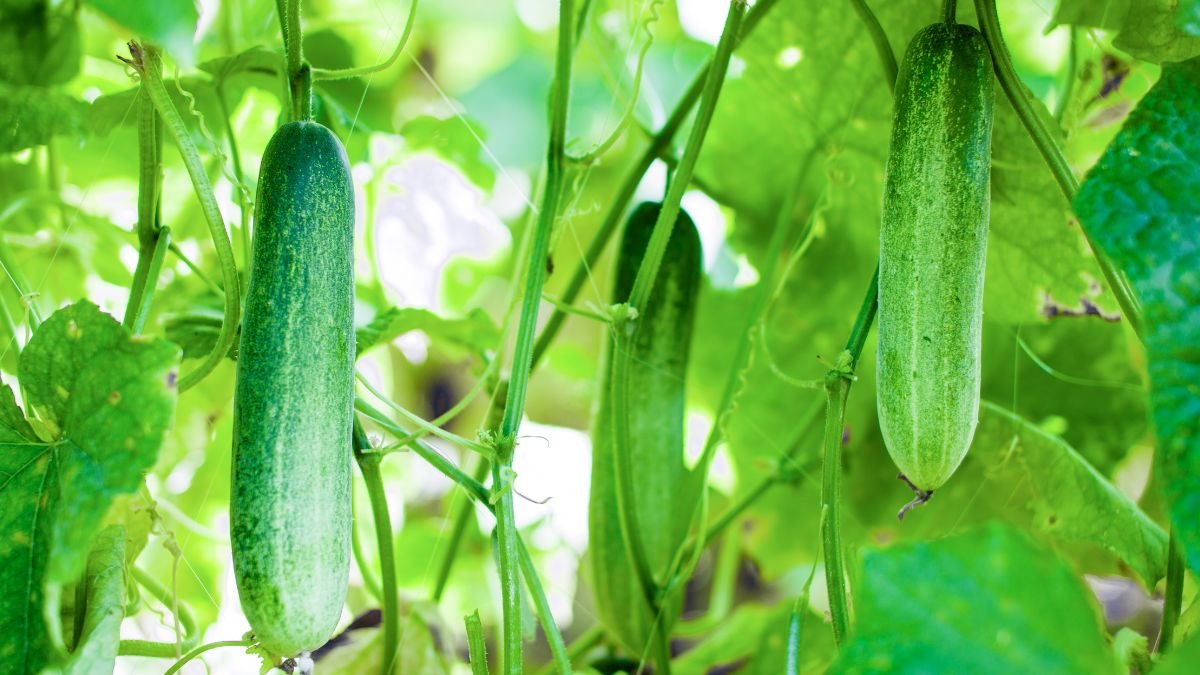
Let cucumbers reach for the sky instead of sprawling across your garden. A simple trellis, fence, or even a tomato cage keeps vines orderly while improving air circulation and sun exposure. This trick prevents deformed fruits and reduces disease risk.
Bush varieties like ‘Salad Bush’ work for containers, but vining types like ‘Straight Eight’ produce more when grown vertically. Train young plants upward by gently tying stems to supports. Once they latch on with tendrils, they’ll climb on their own.
More sunlight means sweeter cukes with fewer blemishes. Harvesting becomes easier, too; no more hunting through dense foliage. Just check vines daily when they start producing; these green machines can double in size overnight during peak season.
13. Beets

Beets give you two vegetables. The ruby-red roots roast beautifully, while the greens sauté like spinach. Even if the bulbs stay small, you’ll still get a worthwhile harvest of nutritious leaves.
Sow seeds directly in loose soil about a month before the last frost. Thin seedlings to 3 inches apart once they sprout, those tender thinnings make excellent salad additions. Golden varieties like ‘Touchstone’ won’t stain cutting boards like red beets do.
Keep soil consistently moist for the juiciest roots. If greens get munched by leaf miners, just remove the affected leaves; the plant will keep growing. For continuous harvests, plant new batches every three weeks until summer heat arrives.
14. Okra
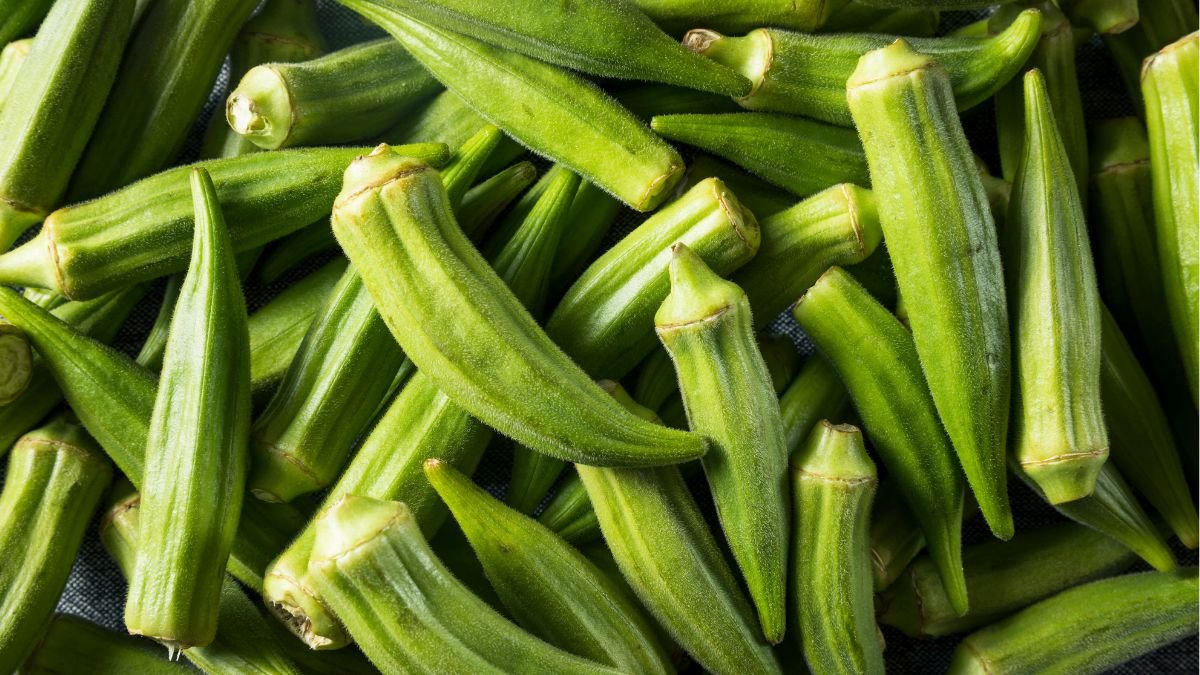
While other plants wilt in summer, okra hits its stride. This Southern staple thrives where temperatures soar, producing those distinctive ridged pods nonstop. ‘Clemson Spineless’ lives up to its name; no prickly surprises during harvest.
Wait until the soil warms up to plant seeds 1 inch deep. Once established, okra shrugs off drought and poor soil. The tall plants (some reach 6 feet) even create shade for more delicate crops.
Harvest the pods young when they are about 3 inches long but before they turn woody. If you miss harvest time, let them dry for seeds or decorative arrangements. Hibiscus-like flowers attract pollinators, making okra both productive and pretty.
15. Kale

Kale earns its reputation as the ultimate survivor crop. Frost doesn’t kill it but sweetens it. Pests mostly avoid it. And unlike delicate greens, it keeps producing leaves all season long. ‘Lacinato’ (dinosaur kale) handles rough weather best.
Direct sow in early spring or late summer for fall harvests. Space plants about 18 inches apart; they’ll grow into substantial bushes. While kale handles partial shade, full sun yields more tender leaves.
Aphids might congregate underneath leaves, but a strong water spray knocks them off. For the sweetest flavor, wait until after a frost to harvest. Whether massaged into salads or baked into chips, this nutritional powerhouse asks little but gives much.

